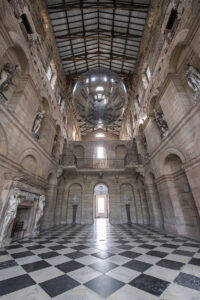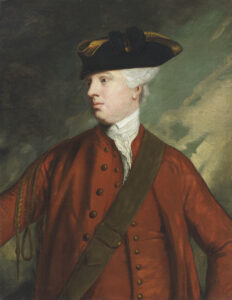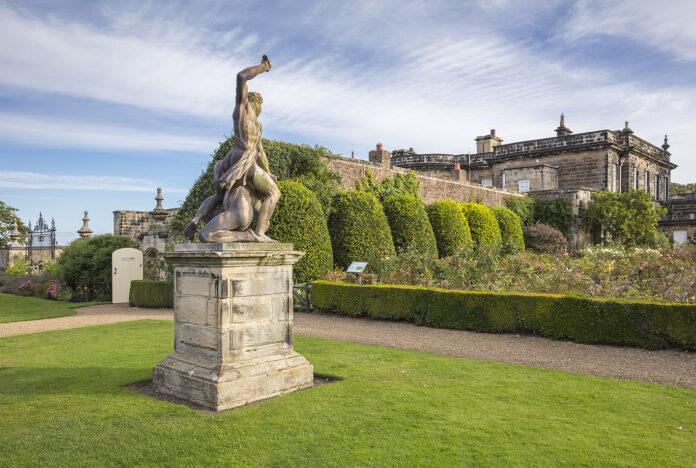Seaton Delaval Hall was once the home of a scandalous Georgian family known for their parties and pranks. 200 years after a catastrophic fire, a National Trust restoration is bringing back the Delavals’ spirit and spectacle
WORDS Felicity Day
To the sailors anchored off the Northumberland coastline near Whitley Bay, the sunset on the 3rd of January 1822 seemed an unusually brilliant one. But the mesmerizing glow they saw on the horizon that night was no natural wonder; half a mile inland a fire was raging at Seaton Delaval Hall.
For five hours it blazed furiously, the heat so intense, according to local newspaper reports, that the lead in the roof “poured down like water” and the glass windowpanes melted away. By daybreak, “a mass of splendid ruins” was all that remained of a house once brimming with life and laughter. For almost a century beforehand, the hall had been home to a Georgian dynasty like no other.

It was Admiral George Delaval, made rich by naval prize money, who purchased the land from a near-bankrupt Delaval relative in 1717, knocked down the existing mansion and commissioned Sir John Vanbrugh to create a home for his retirement. The result was the striking central block of Seaton Delaval Hall, scorched and stripped back to the brick as a result of the fire, but still standing solidly in the Northumberland soil; its facade, with its theatrical turrets, triangular pediment and imposing pillars, faintly recognisable to anyone familiar with Vanbrugh’s Yorkshire commission, Castle Howard.

Unfortunately, the Admiral died before he could enjoy the fruits of his labours, so it was left to his nephew Captain Francis Delaval, wife Rhoda and twelve children to breathe life into the house, which they did with gusto. Especially after the Captain’s eldest son, also called Francis, inherited in 1753.
A characteristically fast-living 18th-century aristocrat, Sir Francis Blake Delaval was fond of women, good wine and gambling – not to mention spending money and showing off. On one occasion he hired London’s Drury Lane theatre simply to stage Othello, performed by his nearest and dearest for an audience that included most of the nobility and the royal family.

Despite being very happy with his mistress – a one-time ward of the Delaval family – his expensive lifestyle saw him resort to tricking a vulnerable heiress into marriage. Middle-aged widow Lady Isabella Paulet was persuaded by a fortune teller – a theatrical friend of Delaval’s in disguise – that she would meet her next husband in London’s Green Park the following day, dressed in blue and silver. Lo and behold the man poor Isabella clapped eyes on was Francis, dressed accordingly and going out of his way to be agreeable. They married just days later.
Thankfully, the bulk of her fortune was so well tied-up that Francis was unable to touch it, and eventually his debts mounted so high that he was forced to cede control of the Seaton Delaval estate to his brother, Sir John, in exchange for a regular allowance.






 © 2024
© 2024